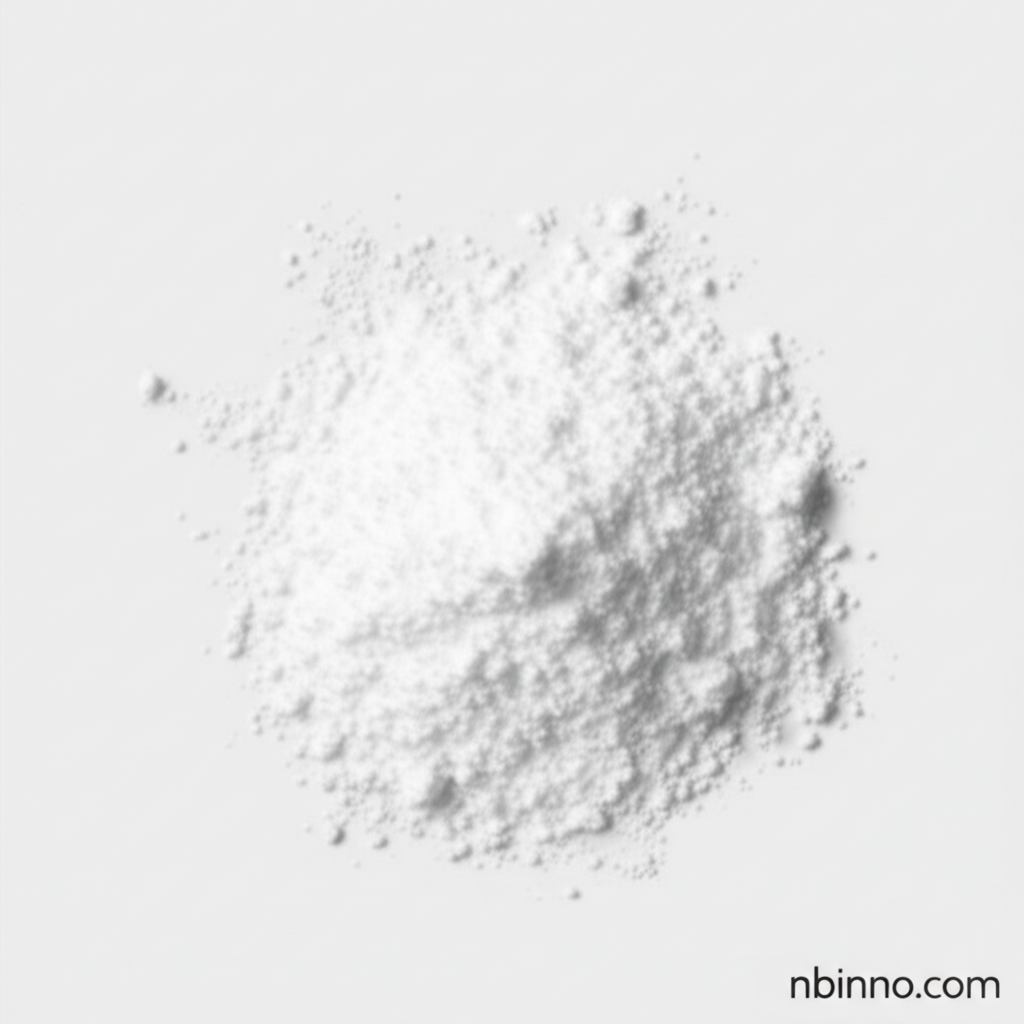Dopamine Hydrochloride: Sustainable Production, Properties, and Applications
Exploring a breakthrough from lignin to a vital pharmaceutical compound.
Get a Quote & SampleProduct Core Value

Dopamine Hydrochloride
Dopamine Hydrochloride (CAS 62-31-7) is a critical compound with significant applications in pharmaceuticals, particularly for neurological disorders, and in the burgeoning field of advanced carbon materials. Its production has traditionally involved complex chemical synthesis routes. However, recent advancements, such as the sustainable production of dopamine hydrochloride from softwood lignin, offer a more environmentally friendly and economically viable alternative.
- Discover the sustainable production of dopamine hydrochloride from lignin, a key aspect of biomass valorization.
- Learn about the novel synthesis of dopamine hydrochloride, which provides an alternative to traditional chemical methods.
- Understand the chemical properties of dopamine hydrochloride and its role as a pharmaceutical intermediate.
- Explore the benefits of dopamine hydrochloride production that leverage green chemistry principles.
Key Advantages
Sustainability & Cost-Effectiveness
The novel synthesis of dopamine hydrochloride from softwood lignin offers a sustainable pathway, utilizing waste biomass and reducing reliance on fossil fuels, making it an economically competitive process compared to conventional methods.
High Purity and Simple Isolation
This advanced process yields dopamine hydrochloride with high purity, often exceeding 98%, and allows for simple isolation through filtration, minimizing tedious separation and purification steps.
Environmental Benefits
Embracing green chemistry innovations in pharma, this production method significantly reduces environmental impact by minimizing waste and the use of hazardous chemicals.
Key Applications
Pharmaceuticals
As a crucial pharmaceutical intermediate, dopamine hydrochloride is used in treating various neurological disorders, including Parkinson's disease and other conditions related to dopamine deficiency.
Material Science
Dopamine-based materials, particularly N-doped carbon derived from dopamine, are highly attractive for advanced applications like efficient carbon electrodes due to their excellent ion and electron conductivity.
Biomass Valorization
The successful conversion of lignin into dopamine hydrochloride demonstrates a significant step in biomass valorization, turning waste into high-value chemicals and improving the economic feasibility of biorefineries.
Research and Development
The ongoing research into dopamine hydrochloride production highlights innovative approaches in chemical synthesis, driving advancements in sustainable chemistry and industrial applications.
